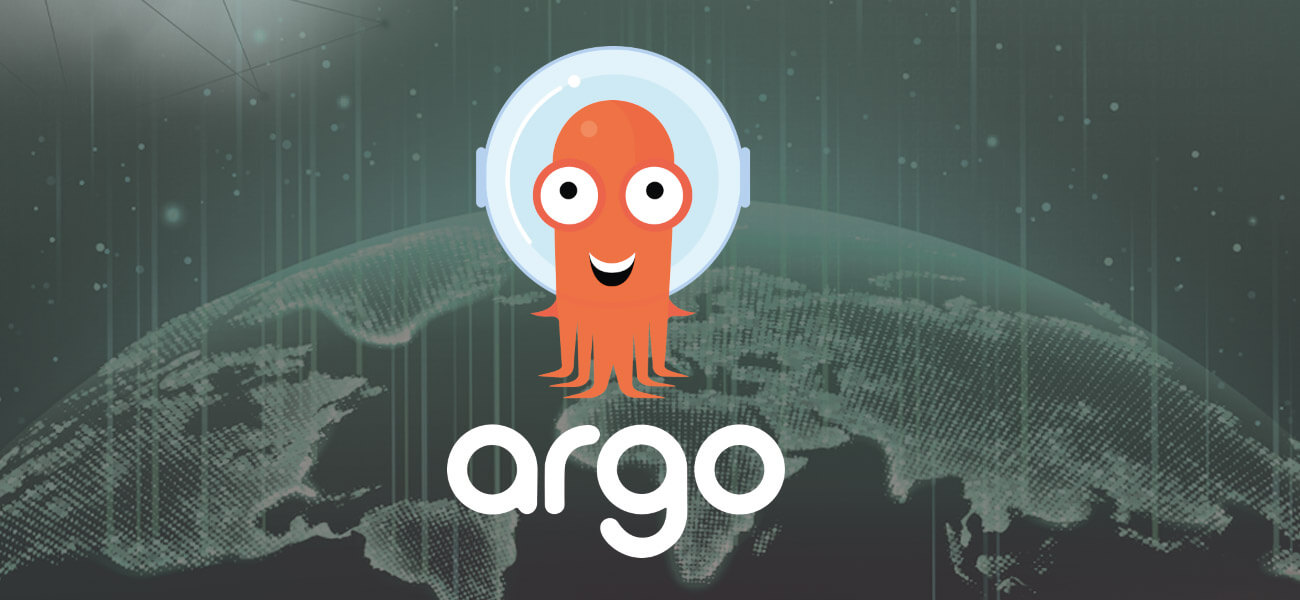Hello, DevOps professionals and AWS enthusiasts!
The integration of the Argo ecosystem with AWS, particularly when deployed on Amazon Elastic Kubernetes Service (EKS), serves as a game-changer for Progressive Delivery. The following article showcases the full power of this integration, diving into its components, features, cost-effectiveness considerations, and even a case study to bring it all to life.

ArgoCD and Argo Rollouts: The Heart of Progressive Delivery
Key Features:
- Simplified Deployments: With ArgoCD, the management of Kubernetes manifests becomes as simple as handling source code, falling in line with GitOps principles.
- Automated Canary Releases: Argo Rollouts allows for the gradual replacement of a specific percentage of pods, mitigating the risk of failed deployments.
- Multi-Cluster Deployments: ArgoCD integrates effortlessly with AWS Route 53, facilitating deployments across multiple regions and thereby ensuring high availability.
ArgoCD and Argo Rollouts: The Heart of Progressive Delivery
- Simplified Deployments: Using ArgoCD, Kubernetes manifests are managed as easily as source code, aligning with GitOps principles.
- Automated Canary Releases: Argo Rollouts facilitate the gradual introduction of new pods, minimizing risks associated with failed deployments.
- Multi-Cluster Deployments: When paired with AWS Route 53, ArgoCD can manage deployments across various regions, ensuring high availability.
Argo Events and Argo Workflows: Automate Everything
- Event-Driven Automation: Argo Events enable workflows or rollouts to be triggered by external events, yielding a fully automated deployment ecosystem.
- Complex Workflows: Argo Workflows support intricate job dependencies and DAG-based task execution, with Argo Events ensuring a seamless orchestration.
Argo and AWS Integration: Real-Time Data Analytics Pipeline
- Data Ingestion with AWS Kinesis: IoT devices relay data to an AWS Kinesis stream, and Argo Events is set up to monitor the Kinesis stream events. When fresh data is introduced, Argo Events instigates a predefined Argo Workflow.
- Argo Workflow on EKS: Managed by Argo within the EKS cluster, this workflow oversees the data processing pipeline, interacting with various AWS services.
- IAM Security: AWS IAM policies enhance security by restricting access to AWS services and resources. Argo Workflows access AWS services using IAM roles attached to the EKS cluster nodes.
- Data Preprocessing: Argo Workflow initiates data preprocessing tasks using containerized applications, which can interact with AWS for temporary data storage or retrieval.
- Batch Processing with AWS Batch: For high-demand tasks, Argo Workflow sparks AWS Batch jobs, processed in a distinct compute environment.
- State Management with AWS Step Functions: These facilitate coordination between Argo Workflows and AWS Batch jobs, streamlining data processing.
- Data Analysis and Storage: Processed data is directed to an AWS data warehouse for subsequent analytics.
- Monitoring with AWS CloudWatch: Both Argo and AWS components are monitored in real-time using AWS CloudWatch.
- Deployment and Scaling with ArgoCD: Integrated with AWS Route 53 for DNS management, ArgoCD oversees the pipeline’s deployment and scaling.
Summary
The fusion of the Argo Ecosystem with AWS services generates an efficient pipeline for real-time data analytics. By orchestrating the workflow, Argo complements AWS services in handling data ingestion, security, processing, storage, monitoring, and deployment. This integration enables the creation of a robust, scalable, and secure data analytics framework.
Determining Cost-Effectiveness: To assess the economic viability of integrating the Argo Ecosystem with AWS for a real-time data analytics pipeline, consider aspects like resource usage and scaling, compute costs, data transfer costs, workflow complexity, data storage costs, monitoring and management costs, Argo Ecosystem costs, development and maintenance costs, and cost optimization opportunities.
Case Study: Real-Time Data Analytics Pipeline using Argo, AWS Services, EKS, and IAM
Overview:
A hypothetical organization sought to analyze real-time data from IoT devices securely and promptly. This entailed creating a pipeline using the Argo ecosystem, Amazon EKS, AWS IAM, and various other AWS services.




